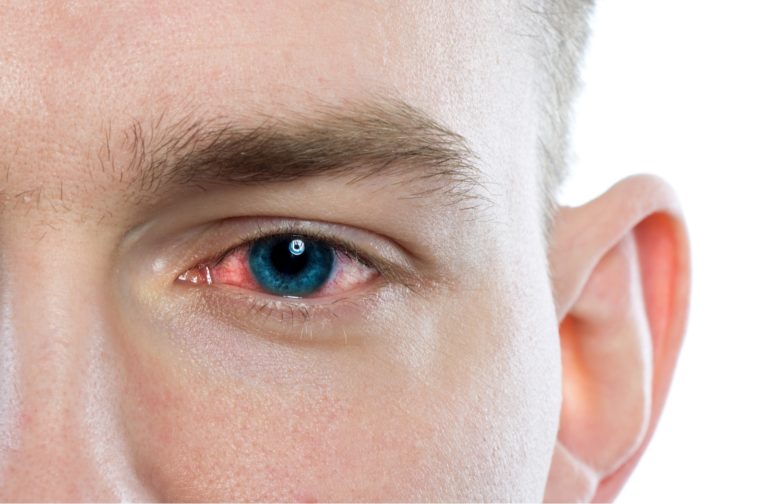Introduction
Pink eye, or conjunctivitis, is a prevalent eye condition characterized by redness, irritation, and discharge. However, various eye conditions share similar symptoms, leading to misdiagnoses. This article delves into “What is commonly misdiagnosed as Pink Eye?” conditions commonly mistaken for pink eye and emphasizes the importance of accurate diagnosis for appropriate treatment.
Allergic Conjunctivitis: A Common Culprit
Allergic conjunctivitis often masquerades as infectious pink eye due to shared symptoms like redness, itching, and watery discharge. The crucial distinction lies in treatment approaches; allergies require antihistamines and artificial tears, while infectious pink eye necessitates antibiotics.
Dry Eye Syndrome: A Mimic of Pink Eye
Dry eye syndrome, causing redness, a burning sensation, and excessive tearing, can be confused with pink eye. Differentiating between the two is vital, as treating dry eyes involves artificial tears and lifestyle changes, whereas pink eye requires specific medications.
Bacterial or Viral Infections: Beyond Pink Eye
Not all red and irritated eyes result from infectious conjunctivitis. Conditions like keratitis or uveitis present similar symptoms, requiring distinct treatments such as antibiotics or antiviral medications. Accurate diagnosis is paramount to prevent complications and ensure a swift recovery.
Foreign Body in the Eye: A Common Misdirection
The sensation of a foreign body in the eye, causing redness and tears, is often mistaken for pink eye. Dust, eyelashes, or particles can trigger discomfort, requiring removal and proper management to prevent complications.
Contact Lens-related Issues: Similar Symptoms, Different Causes
Contact lens wearers may experience pink eye-like symptoms due to issues like corneal scratches, infections, or allergies. Proper hygiene and care are crucial, with timely consultation necessary if symptoms persist.
Treatment and Care Strategies
Understanding the specific conditions that mimic pink eye is crucial for tailored treatment. Here are strategies for each condition:
Allergic Conjunctivitis
- Avoid Allergens: Identify and minimize exposure to allergens.
- Antihistamines: Use over-the-counter or prescription eye drops.
- Artificial Tears: Lubricate eyes to alleviate dryness.
- Cold Compresses: Reduce swelling with cold compresses.
- Consult an Allergist: Seek allergy testing and potential immunotherapy for severe cases.
Dry Eye Syndrome
- Artificial Tears: Regularly use preservative-free artificial tears.
- Humidifiers: Add moisture to dry environments with humidifiers.
- Blink Regularly: Increase blinking to spread tears.
- Lifestyle Changes: Avoid smoking, reduce screen time, and take breaks.
- Prescription Medications: Use prescribed medications for severe cases.
Bacterial or Viral Infections
- Prescription Medications: Follow prescribed antibiotics or antiviral medications.
- Hygiene: Maintain strict hand hygiene and avoid eye touching.
- Contact Lenses: Discontinue lens use during infection and replace disposable lenses.
Foreign Body in the Eye
- Avoid Rubbing: Prevent further irritation by not rubbing the eye.
- Irrigate the Eye: Gently rinse with saline solution to remove foreign bodies.
- Seek Medical Attention: Consult an eye care professional for persistent issues.
Contact Lens-related Issues
- Remove Lenses: Immediately remove lenses if symptoms occur.
- Clean and Disinfect: Follow proper cleaning and disinfection procedures.
- Replace Lenses: Adhere to recommended replacement schedules.
- Consult an Eye Doctor: Seek professional evaluation if symptoms persist.
Conclusion
While pink eye is a common ailment, it is crucial to recognize other eye conditions with similar symptoms. Seeking professional diagnosis and adhering to tailored treatment plans is essential for a swift and effective recovery. Self-diagnosis and treatment can lead to complications, emphasizing the importance of consulting an eye specialist or ophthalmologist for accurate care and long-term eye health.


